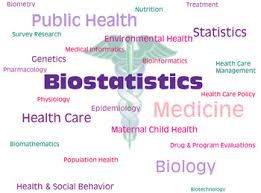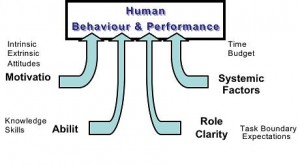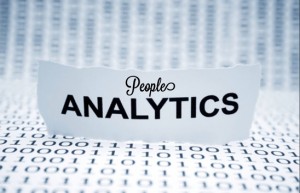1. Introduction
a. Biostatistics is the study of statistics as applied to the biological area. Biological laboratory experiments, medical research (including clinical research) and health services research use statistical methods. Why should one study biostatistics rather than statistics, since the methods have wide applicability? There are 3 reasons for focusing on biostatistics.
i. Some statistical methods are more heavily used in biostatistics than in other fields. For example, a general statistical text book would not discuss the life-table method of analysing survival data-of importance in many bio statistical applications.
ii. Examples can be drawn from the biological, medical as well as health care areas. This helps you maintain motivation. It also helps you understand how to apply statistical methods.
iii. A third reason for a bio statistical text is to teach the material to an audience of health professionals.
2. Bio statistical design of medical studies
a. The study of statistics should serve to develop critical, analytical thought and “common sense” as well as to introduce specific tools and methods of processing data.
b. Biomedical studies can arise in many ways. A particular study may result from a sequence of experiments, each one leading naturally to the next.
c. The study may be instigated by a governmental agency in response to a question of national importance. Many of the critical studies and experiments in biomedical science have come from one individual with an idea for a radical interpretation of past data.
d. Statistical considerations may suggest that an experiment is too expensive to conduct, or may suggest a different approach than at first planned. The need to statistically evaluate the data from a study forces an investigator to sharpen the focus of the study. It makes one translate intuitive ideas into an analytical model capable of generating data that may be evaluated statistically.
e. In laboratory research, many different experiments may shed light upon a given hypothesis or a question. Sometimes less-than-optimal execution of a well-conceived experiment sheds more light than arduous and excellent experimentation unimaginatively designed.
3. Some different types of studies
a. A problem may be investigated in a variety of different ways. To decide upon your method of approach, it is necessary to understand the types of studies that might be done. To facilitate the discussion of design, we introduce definitions of commonly used types of studies,
i. An observational study collects data from an existing situation. The data collection does not intentionally interfere with the running of the system.
ii. An experiment is a study in which the investigator deliberately sets one or more factors to a specific level.
iii. A laboratory experiment is an experiment which takes place in an environment (called the laboratory) where experimental manipulation is facilitated.
iv. A comparative experiment is an experiment which compares two or more techniques, treatments or levels or some variable.
v. An experimental unit or study unit if the smallest unit upon which the experiment or study is performed.
vi. An experiment is a cross-over experiment is the same experimental unit receives more than one treatment, or is investigated under more than one condition of the experiment.
vii. A clinical study is one which takes place in the setting if clinical medicine.
viii. A cohort of people is a group of people whose membership is clearly defined.
ix. An endpoint is a clearly-defined outcome or event associated with an experimental or study unit.
x. A prospective study is one in which a cohort of people is followed for the occurrence or non-occurrence of specified endpoints or events or measurements.
xi. Baseline characteristics or baseline variables are values collected at the time of entry into the study.
xii. A retrospective study is one in which individuals having a particular outcome or endpoint are identified and studied.
xiii. A case control study selects all cases, usually of a disease which meet a fixed criteria. A comparison group for the cases, called controls is also selected.
xiv. In a matched case control study controls are selected to match characteristics of individual cases.
xv. A longitudinal study collects information on study units over a specified time interval. A cross-sectional study collects data on study units at some fixed time.
xvi. A placebo treatment is designed to appear exactly like a comparison treatment, but to be devoid of the active part of the treatment.
xvii.The placebo effect results from the knowledge that one is treated, rather than changes due to physical, physiological and chemical activity of a treatment.
xviii. A study is single blind if treated subjects are unaware of which treatment (including any control) they are receiving. A study is said to be double blind if it is single blind and the individuals evaluating the outcome variables are also unaware of which treatment the subjects are receiving.





3 Comments. Leave new
Informative!
Nice concept…
Informative article.. Good efforts..